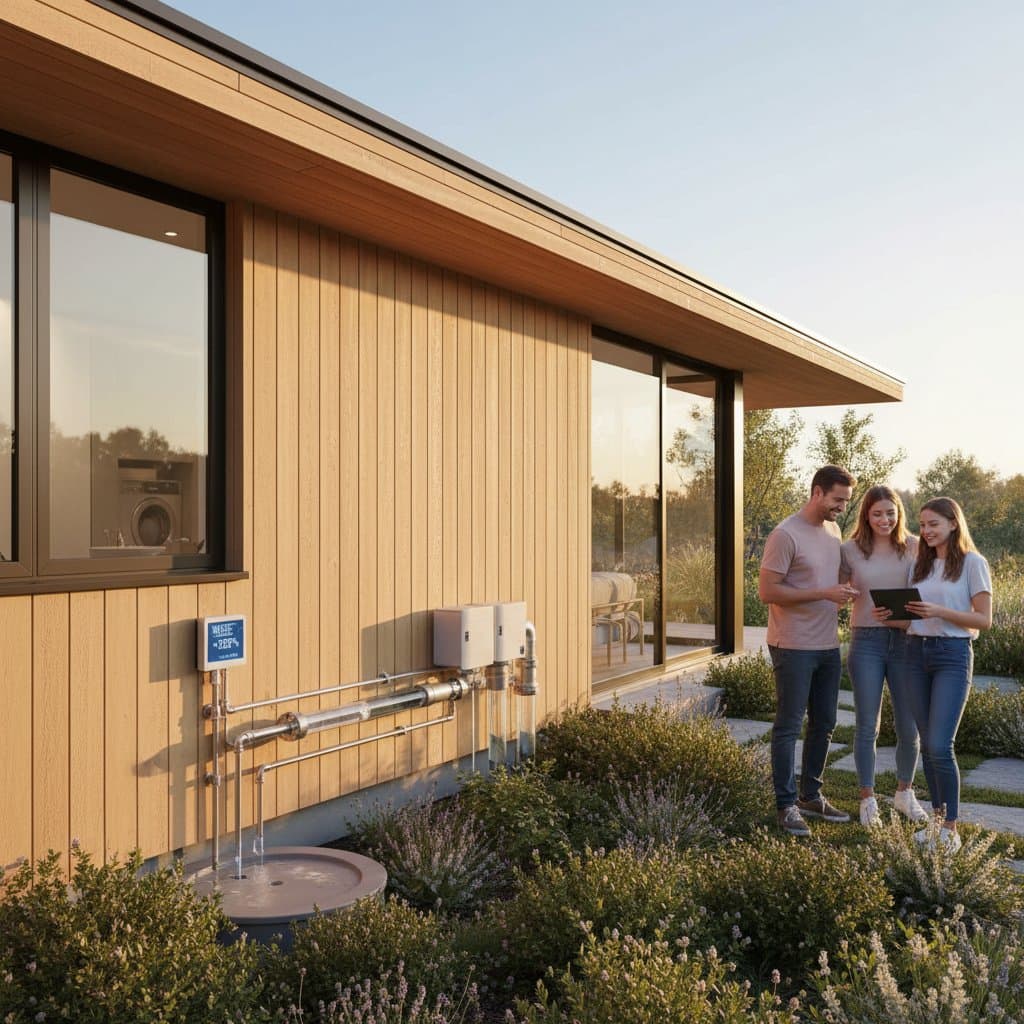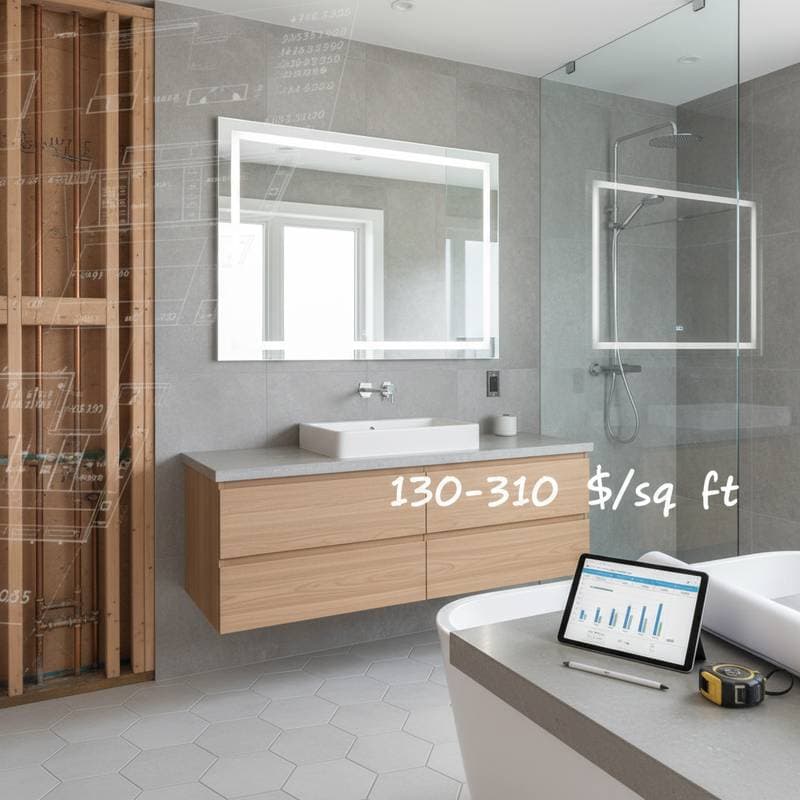Understanding Permeable Driveways
Permeable driveways allow rainwater to infiltrate the surface rather than pooling or running off into storm drains. These systems consist of specialized materials that create voids for water passage, directing it to an underlying gravel layer and eventually to the soil below. Homeowners in areas prone to heavy rainfall benefit from reduced erosion and lower risks of basement flooding.
Traditional impervious surfaces like standard asphalt or concrete exacerbate urban flooding by overwhelming drainage infrastructure. In contrast, permeable options mimic natural ground absorption, aligning with sustainable building practices. As climate patterns shift, adopting such features becomes essential for property resilience.
Key Environmental and Financial Benefits
Permeable driveways deliver multifaceted advantages that extend beyond immediate flood control. They manage stormwater effectively by capturing and filtering rainwater, which decreases the volume entering municipal systems and mitigates sewer overflows during storms.
Groundwater recharge represents a critical function, as infiltrated water replenishes aquifers that supply wells and sustain local ecosystems. This process also nourishes nearby vegetation, promoting healthier lawns and gardens without additional irrigation.
From a thermal perspective, these driveways absorb less heat than conventional asphalt, which can reach scorching temperatures in summer. Cooler surfaces enhance outdoor usability and combat urban heat islands, where built environments trap warmth and elevate ambient temperatures.
Financially, properties equipped with permeable driveways often command higher market values due to their appeal to environmentally conscious buyers. Many local governments provide incentives, such as tax credits or rebates, for installing green infrastructure, which offsets initial expenses and accelerates return on investment.
Material Options for Permeable Driveways
Selecting the right material depends on factors like budget, aesthetic preferences, and site conditions. Common choices include permeable pavers, porous concrete, and porous asphalt, each with unique characteristics.
Permeable pavers, typically made from concrete or stone, interlock to form a grid that permits water flow through joints filled with permeable sand. These units offer versatility in design, allowing patterns that complement home exteriors, and provide excellent durability under vehicular traffic.
Porous concrete features a mix with reduced fine aggregates, creating interconnected pores for water percolation. This material suits driveways requiring a seamless appearance and performs well in moderate climates, though it demands careful curing to maintain porosity.
Porous asphalt, similar to its traditional counterpart but with larger voids, installs quickly and costs less upfront. It excels in areas with freeze-thaw cycles but may require more frequent upkeep to prevent clogging from debris.
Each option integrates with a sub-base of crushed stone layers, typically 12 to 18 inches deep, to facilitate drainage without compromising structural integrity. Soil testing prior to selection ensures compatibility with local percolation rates.
Installation Process and Difficulty Levels
Proper installation forms the foundation of a permeable driveway's longevity and effectiveness. The process begins with site preparation, including excavation to accommodate the sub-base and any necessary edging to contain materials.
For permeable pavers, difficulty rates as high due to the need for precise alignment and compaction. Workers must level the base meticulously and ensure joints allow uniform infiltration, a task that benefits from specialized tools like plate compactors.
Porous concrete or asphalt installations classify as professional-only endeavors. These require controlled mixing, pouring, and curing under specific conditions to preserve porosity, often involving heavy machinery and quality control measures beyond typical DIY capabilities.
Homeowners considering DIY approaches should limit efforts to smaller projects, such as permeable gravel overlays, and consult local codes. Engaging certified installers guarantees compliance and includes warranties, particularly valuable in flood-vulnerable regions.
Step-by-Step Installation Guide
-
Assess the site: Conduct a percolation test to measure soil absorption and evaluate slopes for optimal water flow.
-
Excavate and prepare the base: Remove existing pavement to a depth of 12-24 inches, depending on traffic load, and install geotextile fabric to prevent soil migration.
-
Layer the sub-base: Add coarse gravel in 4-6 inch lifts, compacting each for stability while maintaining permeability.
-
Install the surface material: Lay pavers with consistent spacing, or pour porous concrete/asphalt, ensuring even distribution.
-
Seal and test: Apply joint fillers if needed and simulate rainfall to verify drainage performance.
Professional teams complete most installations in 3-7 days, minimizing disruption to daily routines.
2025 Cost Considerations
Installation costs for permeable driveways in 2025 range from $8 to $20 per square foot, influenced by material choice, site complexity, and regional labor rates. Permeable pavers average $12-$18 per square foot, reflecting their labor-intensive placement and design flexibility.
Porous concrete falls in the $10-$15 range, offering a balance of affordability and aesthetics, while porous asphalt provides the lowest entry at $8-$12 per square foot. Additional expenses include sub-base materials ($2-$4 per square foot) and potential engineering consultations ($500-$1,500).
For a standard 600-square-foot driveway, total outlays might span $6,000 to $12,000, with incentives reducing effective costs by 10-30%. Long-term savings accrue through avoided flood repairs, estimated at $1,000-$5,000 per incident, and reduced utility bills from enhanced water management.
Budgeting should account for permits, which vary by locality, and any landscaping adjustments to integrate the new surface seamlessly.
Maintenance Practices for Longevity
Regular upkeep ensures permeable driveways function optimally over decades. Sweep surfaces quarterly to remove leaves and debris that could clog pores, using a stiff broom or leaf blower for efficiency.
Annual inspections reveal sediment buildup in joints or base layers, addressed by vacuuming or pressure washing at low settings to avoid damaging the structure. In winter, apply de-icing salts sparingly, as they can impair infiltration; opt for sand or permeable alternatives instead.
Rejuvenation every 5-10 years, such as re-sanding paver joints or resurfacing porous areas, costs $2-$5 per square foot and extends service life. Homeowners who follow these routines report minimal issues even after 15-20 years of use.
Integrating with Home Drainage Systems
A holistic approach to permeable driveways involves evaluating the broader property drainage. Redirect downspouts from roofs to infiltration trenches or rain gardens adjacent to the driveway, preventing concentrated flows that could overwhelm the system.
Assess slopes around foundations to ensure water directs away, possibly incorporating swales or berms for gentle guidance. Collaborate with a drainage engineer or landscape architect to analyze soil types and customize solutions, such as adding French drains if native infiltration proves insufficient.
These integrations not only enhance driveway performance but also safeguard structural elements like basements and retaining walls from moisture damage.
Realizing Lasting Value Through Permeable Upgrades
Opting for a permeable driveway equips properties against escalating flood risks while fostering environmental stewardship. Durable materials and sound installation practices withstand daily wear, delivering reliable performance season after season.
Homeowners gain peace of mind from fewer water-related headaches, complemented by elevated curb appeal that draws admiration from neighbors. This investment supports cleaner local waterways by filtering pollutants naturally and contributes to community-wide sustainability efforts.
Ultimately, permeable driveways represent a forward-thinking choice that balances practicality with ecological impact, yielding dividends in protection, savings, and pride of ownership.





